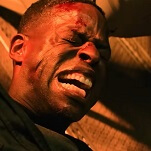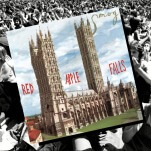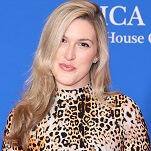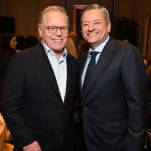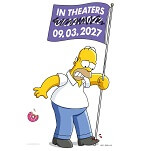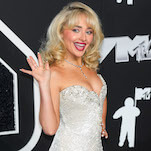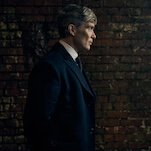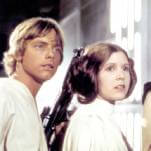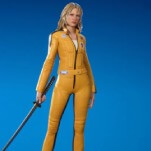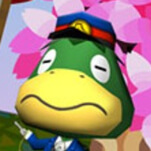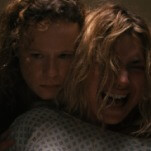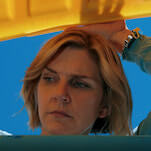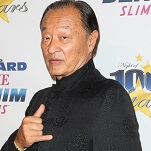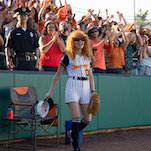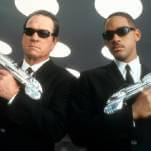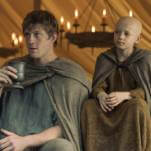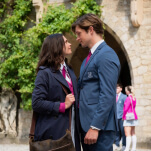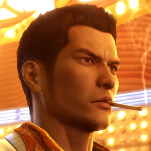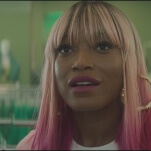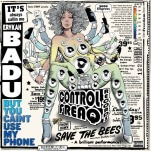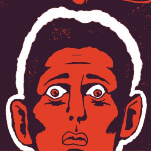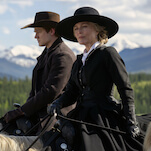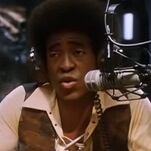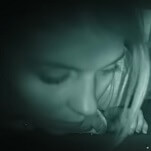Irish writer and biographer Michael Feeney Callan spent 14 years interviewing Robert Redford and 300 family members and colleagues for the sprawling life story Robert Redford: The Biography. He scoured Redford’s journal entries. He solicited lengthy remembrances from nearly all Redford’s major collaborators (directors Sydney Pollack and Alan J. Pakula, co-stars Jane Fonda and Paul Newman). And he provides a blow-by-blow account of the creation of the Sundance Institute (a mentoring program for aspiring filmmakers) and its attendant film festival in Redford’s home of Park City, Utah. Not to mention the festival’s seemingly ad infinitum unmaking and remaking: Until Steven Soderbergh’s sex, lies, and videotape broke out from the festival to commercial success in 1989, Sundance was largely considered Redford’s folly, with the actor-director frequently sinking his multi-million-dollar star paydays back into the project.
Clearly, Redford’s stubborn-individualist streak runs deep. From his reckless, hot-rodding southern California youth to essentially walking away from the role of 1970s Hollywood’s premier icon to concentrate on directing (his debut was 1980’s Oscar-sweeping Ordinary People) and on Sundance, that stubbornness is the upfront subject of Robert Redford: The Biography. (So is Redford’s chronic tardiness, something Pollack complains about several times; Callan himself notes that Redford flaked on interviews for the book several times.)
Callan organizes a lot of material into neat chronological order; it’s valuable as a survey of Redford’s life. But the narrative keeps getting bogged down in unnecessary detail. The sheer volume of Sundance’s monetary and personnel turnover becomes numbing after a while, while Soderbergh’s breakout gets four paragraphs, and Redford’s 26-year marriage to Lola Van Wagenen just ends, with little explanation. (Redford clearly kept mum on the subject, while Van Wagenen was nearly the only major player in Redford’s life to whom Callan didn’t talk.) And not even the stalker removed by security from the set of 1973’s The Sting probably cared much that bougainvillea is Redford’s “favorite shrub.”
Callan’s most annoying habit is his frequent citation of the mysterious “some,” as when he scolds The Washington Post’s review of 2001’s The Last Castle for complaining about “a movie that ‘hits us over the head with symbolism’ without probing that symbolism, a manifestly self-canceling criticism, in the eyes of some.” (It’s either self-canceling or it isn’t, and would that “some” happen to have the initials R.R.?) And although Callan sets out to redefine Redford’s filmography, his commentary on the movies themselves ranges from pat to nonexistent. In fact, the book’s sharpest film criticism comes from Redford’s daughter Amy, upon hearing about his silly 1993 techno-thriller Sneakers: “I told him he should be acting more and starring less.”


